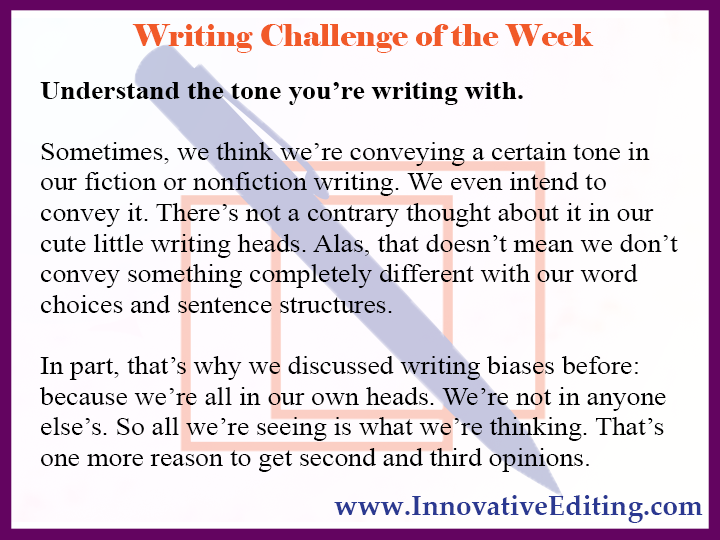3 Tips for Writing a Proper Villain
- Jeannette DiLouie
- Jun 11, 2018
- 3 min read
When was the last time you contemplated writing a proper villain? For me, it was just this past weekend.
It was at the HEAV (Home Educators Association of Virginia) convention, where I got into a great conversation with a young lady who was writing a sequel to her first book. But this sequel was from the villain’s perspective.
How cool is that!
Talking to her about it gave me great food for thought, prompting me to contemplate the art of writing a proper villain. And yes, it is an art.
Writing a proper villain is a very big deal – right up there with writing a proper hero, in fact. While the story should be at least predominantly if not completely about the hero or protagonist or main character, if you’ve got a villain involved, then that’s the figure who’s driving the plot.
They might not always be there front and center on the page, but they’re lurking nonetheless, waiting to pounce… perhaps when the reader least expects it.
As such, it’s important to understand what writing a proper villain really involves.
Your villain is an individual. So make sure to treat him or her as such. There’s no set template to what he or she should look like, act like or be like. It would be easier if there was, but it wouldn’t be nearly so much fun that way – or as engaging.
Your villain should be tailored to push your hero to be all that he or she can be, accidentally, of course. This character is supposed to drive your protagonist up the wall. Maybe it’s a bully who keeps literally pushing your hero around. Or a master villain who won’t stop taunting your detective as he eludes her at every turn. Or a romantic rival who has her hooks deep into lover boy’s heart. Whatever it is, writing a proper villain means taking what the protagonist wants most – to be accepted at school or to catch the bad guy or find true love or whatever – and complicate that goal. Complicate it enough, in fact, to almost make the hero give up… Almost. But not quite. That right there sets your plot up beautifully, making your overall writing job a whole lot easier.
Ask yourself if your villain would be stronger as a wholly evil figure or perhaps as someone with a smidgen or more of good. There is no universally right answer here. Only a right answer for your particular story. While there is some truth in the common writing mantra that every villain is the hero of his own story, that doesn’t mean you have to tell that “hero’s” story. Sometimes, in fact, it’s better left unsaid altogether. Other times, it’s easy to throw in there on a much more subtle level. For instance, have the villain hesitate before acting badly. Perhaps a moment of doubt crosses her face. Or maybe he shows a twinge of compassion at the moment when he can throw the protagonist to the literal or figurative wolves, only to choose something a little less harsh instead. Again though, this is a “sometimes” kind of deal. Try employing it only if the story works out best with those details added into them. Because “sometimes,” it’s okay to just make a villain a villain and nothing more.
This is a purely personal decision to make between you and your story. Though Innovative Editing is more than happy to help you out if you’re looking for a little outside feedback while you decide. Shoot me an email at jdilouie@innovativeediting.com or by going to www.innovativeediting.com/your-editor.
I’d love to hear from you!
In the meantime, thanks for watching this video. And I’ll catch you next week.




